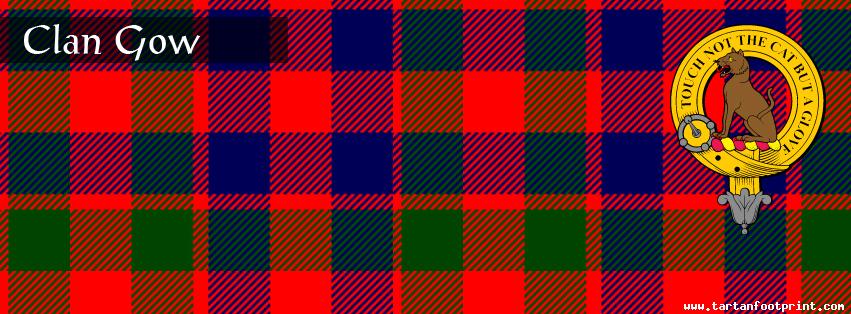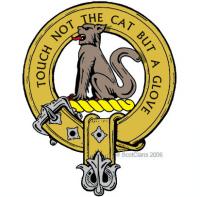
Clan Gow
It is well known that the name Smith is so widespread in the English-speaking world as it is the name that was given to so many trades people. In Gaelic Scotland the blacksmith was known as Gobha, from which came the name Gow, and ‘son of the smith’ was Mac gobhann, which became MacGowan. With every clan requiring the skills of a blacksmith, or more accurately, an armourer, the names Gow and MacGowan grew in many areas.
The Highland family of Gows which rose to most prominence are believed to have grown with the MacPhersons, themselves part of the confederation of Clan Chattan. The basis of the connection between the Gows and the MacPhersons is through the Battle of the North Inch of Perth in 1396 where it is said Henry Wynd, who was known as ‘the crooked smith’, joined the fighting on the MacPherson side.
The Gows resided mainly in the lands surrounding Inverness and Perth. In the Perthshire town of Inver, near Dunkeld, was born Neil Gow in 1727, a man so popular he came to acquire a tartan of his very own, distinct from that of the family, thanks partly to the portraits of Sir Henry Raeburn.
First taking up the violin at nine years of age, he quickly attracted the patronage of the Duke of Atholl and moved around in noble circles. His popular strathspeys and reels gained him the appellation Prince of Scottish Fiddlers'. Neil had five sons, and the youngest, Nathaniel, inherited all his father’s talents. After training from his father and a spell in Edinburgh he led a band which was sought after by the wealthy and powerful across Britain. Together, father and son published three volumes of their compositions, called simply ‘Neil Gow and Son’.
In Nithsdale, a clan MacGowan is believed to have established itself as early as the 1100s. The MacGowan name spread out more widely and sparsely across Scotland than the Gows, with numbers that gradually built up in Stirling, Fife, Glasgow and down to Dumfries.






